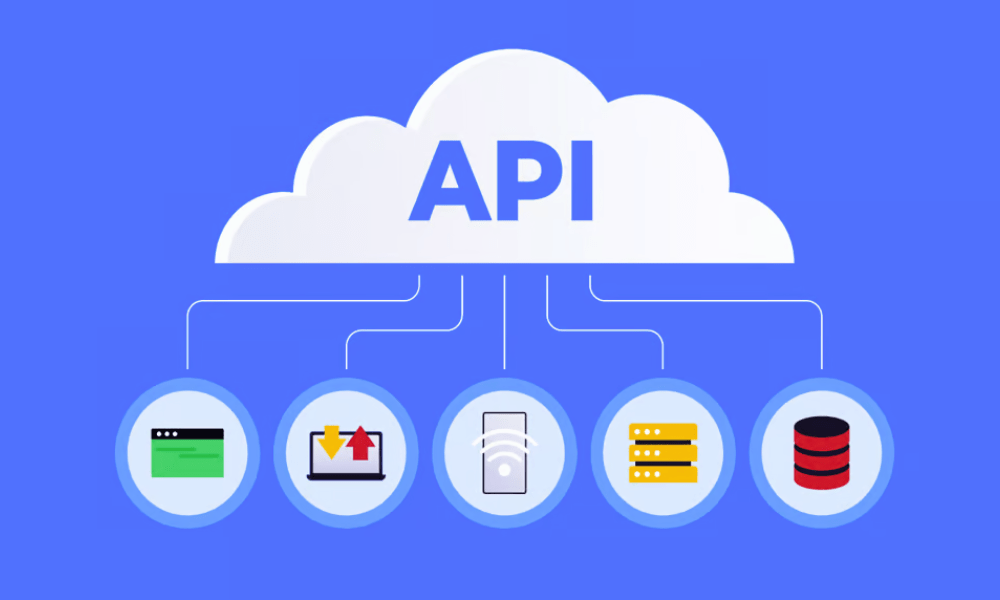Tony Grosso is an industry veteran and entrepreneur with a background in innovation, talent development, leadership and marketing. He describes himself modestly as “an abundance of passion and courage with a smattering of talent.”
Insurtech Insights caught up with him to find out more about the disruption and innovation that is being bought to market through API integrations.

Why are APIs a game changer for Employee Benefits insurers?
APIs are crucial in the employee benefits industry. They streamline data sharing, enhance communication between systems, and provide real-time access to benefits information.
APIs simplify the enrollment process, reduce administrative burdens, and ensure the security of sensitive employee data. Embracing APIs enables employers to offer a seamless benefits experience, boosting employee satisfaction and engagement.
What are the main use cases?
There are three major API use cases in workplace benefits; enrollment, billing and claims.
In enrollment, APIs enable seamless data integration between HR systems and benefits platforms, eliminating manual data entry and reducing errors. Employees can access personalized benefits information in real-time, compare options, and enrol from anywhere, fostering engagement and efficiency.
In billing, APIs facilitate data exchange between benefits providers and employers, automating premium calculations and ensuring accurate invoicing. Together, this streamlines the payment process, reduces administrative burdens, and improves financial transparency.
In claims management, APIs enable smooth communication between healthcare providers, insurers, and employers. Real-time data exchange ensures efficient claims processing, reducing delays and improving the overall experience for both employees and providers.

How has this changed the customer relationship?
APIs have transformed the employee benefits market, enabling brokers and employers to easily navigate an otherwise complex business and deliver a superior experience to all stakeholders.
For the broker, APIs can seamlessly integrate multiple platforms, access real-time data, and provide personalized benefit options. They can empower brokers to offer tailored solutions, simplify plan comparisons, and enhance decision-making.
For Employers, APIs can provide automated processes, streamlined communication, and accurate reporting. Employers gain efficiency, reduce administrative burdens, and improve employee satisfaction.
How is EIS applying APIs right now?
EIS’ open platform is built with over 12,000 APIs. Anything processed on our system can be exposed to the outside world. It also enables the delivery of fully digital experiences at every step in the value chain, from quote to claim. But the most significant use case is online enrollment.
Third-party enrolment firms play a vital role in employees signing up for voluntary insurance coverage. But there is a problem. Enrollment firms are numerous, and a carrier’s legacy systems can struggle to integrate with their various modern tech architectures.
Integrating a single provider can take six weeks of dedicated effort. If not longer. However, data transportation is just one issue. Data structure and format introduce a whole host of issues.
If there are two dozen relevant online enrollment firms, we are talking about two dozen different file formats and layouts. That’s two dozen definitions of fields, many of which may not even exist in the carrier’s systems.
In fact, it’s so difficult that great effort is going into building a standard around data exchange for enrollment. But this is solving the wrong end of the problem.
EIS’ open platform eliminates these issues. Insurers can connect to any third-party enrollment firm to create a seamless experience and data flow, which delivers higher enrollment rates for the insurer, meaning more premiums, while simultaneously automating the process.
This greatly reduces the amount of work and cost to acquire that business. EIS is unique in this regard.
Interview by Joanna England

Joanna England is an award-winning journalist and the Editor-in-Chief for Insurtech Insights. She has worked for 25 years in both the consumer and business space, and also spent 15 years in the Middle East, on national newspapers as well as leading events and lifestyle publications. Prior to Insurtech Insights, Joanna was the Editor-in-Chief for Fintech Magazine and Insurtech Digital. She was also listed by MPVR as one of the Top 30 journalist in Fintech and Insurtech in 2023.










